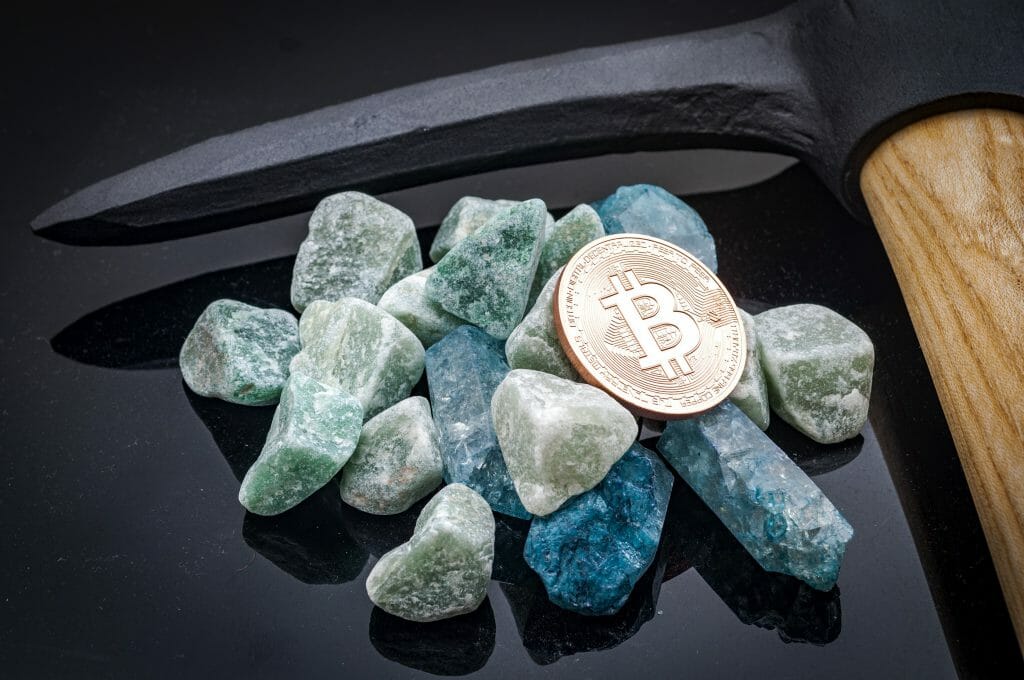Bitcoin hashrate and mining difficulty periodically set new all-time highs. At the same time, the hash price indicator, which measures the profitability of BTC miners, is in the zone of all-time lows. Is the mining business doomed to collapse? Will BTC mining become unprofitable over time?
As the Bitcoin network becomes more efficient and secure, concerns are arising about the profitability of BTC miners. Some argue that their declining revenue could, over time, lead to more mining pools closing, slowing down, and the eventual collapse of the largest blockchain.
On-chain analysis shows that, in fact, both the hashrate of the Bitcoin network and the difficulty of mining successive blocks are today at all-time highs.
Is there still room for miners to earn adequate income on a technologically advanced and energy-intensive network? Or will declining profits (as measured by the hash price index) lead to the termination of more mining businesses?
Hashrate and Mining Difficulty Record All-Time Highs
Hashrate is a basic indicator of the performance and security of the Bitcoin network. It is calculated based on the estimated average number of hashes per second produced by miners on the network.
On the long-term chart of the hashrate (30-day moving average), you can see its exponential growth since the inception of the oldest blockchain. Currently, the indicator is constantly recording consecutive all-time highs (ATH) and is close to 400 million TH/s.
For those who understand how the Bitcoin network works, it is obvious that as computing power as measured by hashrate increases, the difficulty of mining BTC also increases. The chart of this indicator is almost identical to the hashrate and today it also records its ATH.
Hash Price Reaches a Record Low
The increasing difficulty of mining and the hashrate of the Bitcoin network are challenging BTC miners. This is because more and more resources, energy, equipment, and computing power must be involved to compete for the rewards of block mining. These rewards are halved on average every four years as a result of the halving event.
Currently, the block mining reward is 6.25 BTC. However, another halving will occur around April 2024, which will reduce it to 3,125 BTC. Therefore, BTC miners face two unfavorable trends. On the one hand, it is becoming increasingly difficult to compete with numerous rivals, enormous computing powers, and mining blocks. On the other hand, even successful block mining no longer guarantees rewards as high as in the past.
The long-term chart of the hash price indicator has a long-term downward trend. In a sense, it is the opposite of the hashrate chart, but it is still more prone to BTC price fluctuations. This is obvious because as the price of BTC increases, the miners’ income also increases.
Currently, the hash price chart is near the all-time low (ATL). This has raised some concerns about the viability of mining operations and, consequently, the security of the entire Bitcoin network.
Will Bitcoin Mining Stop Being Profitable?
A well-known on-chain analyst @DylanLeClair_ recently described a hypothetical and bleak future for the Bitcoin network, in which miners would not receive enough reward for their work.
Maintaining a huge amount of equipment and electricity bills become too high to remain profitable, so their businesses must cease and an exodus of equipment from the grid occurs. Transaction times become longer, and transaction fees increase as they cannot be validated continuously due to the loss of miners. Thus, it can be said that blockchain is slowing down.
By Audy Castaneda









